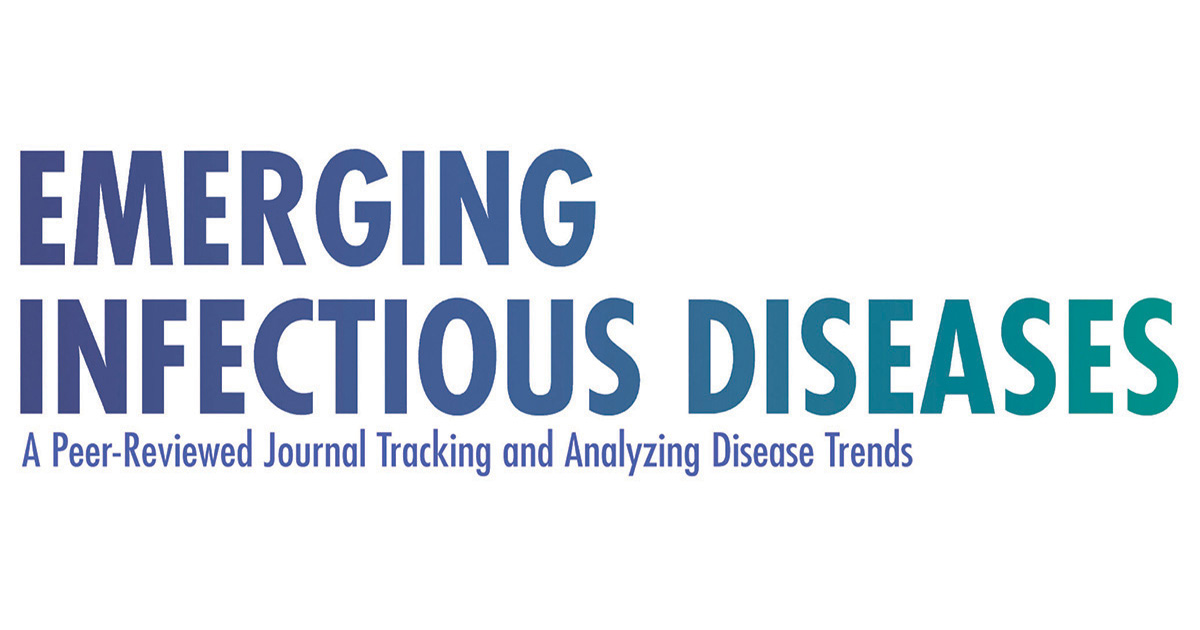
Global health organizations are collectively enhancing their responses to the threats posed by emerging infectious diseases through strategic initiatives that prioritize research and development (R&D), the formulation of guidelines, and improved surveillance measures. These efforts aim not only to combat current health threats but also to prepare for potential future outbreaks.
Identification and Prioritization of Pathogens

The World Health Organization (WHO) has taken significant steps in identifying and prioritizing pathogens that pose substantial risks for global health. In a recent update, WHO has convened over 300 scientists to discuss and evaluate over 25 virus families and bacteria, including 'Disease X,' which reflects an unknown pathogen that could cause severe outbreaks. This effort culminates in a prioritized list of pathogens that require further research and investment in vaccines, diagnostics, and treatment[2].
Dr. Michael Ryan, Executive Director of WHO’s Health Emergencies Programme, emphasized the importance of targeting these priority pathogens, stating, “Targeting priority pathogens and virus families for research and development of countermeasures is essential for a fast and effective epidemic and pandemic response.' This systematic approach allows for the identification of critical gaps in preparedness and response capabilities, ensuring that funds and resources are allocated where they are most needed[2].
Advancements in Research and Development
WHO’s R&D Blueprint for epidemics outlines specific research roadmaps for these priority pathogens. These roadmaps address knowledge gaps and research priorities necessary for developing effective countermeasures. The Blueprint also facilitates clinical trials for vaccines and treatments against these high-priority pathogens, enhancing the readiness of health systems to respond to potential outbreaks[2].
In addition, a review examined the availability and utility of preclinical animal models for high-priority infectious diseases. This research highlights the need for effective prophylactic and therapeutic approaches to infectious diseases and suggests that better animal models could significantly enhance the understanding and control of these diseases[3]. The focus on improving the landscape for vaccine development, antibodies, and small molecule drugs reflects a proactive stance against infectious diseases[3].
Surveillance and Detection Strategies
To mitigate the impact of emerging infectious diseases, organizations like the Centers for Disease Control and Prevention (CDC) play a crucial role in conducting extensive surveillance and epidemiological studies. For example, the CDC has been actively engaged in tracking infectious diseases such as Streptococcus dysgalactiae and Nontuberculous Mycobacteria (NTM), identifying significant health risks and mortality rates associated with these infections. The findings from CDC studies reveal substantial increases in incidence rates of certain infections and the associated mortality risks, which inform public health strategies[1].
Innovative methodologies for enhancing surveillance have also been reported. For instance, a systematic review indicated that the consistent monitoring of diseases such as mpox and extrapulmonary NTM through comprehensive epidemiological studies is vital. This brings to light the critical nature of ongoing research in understanding the transmission dynamics, risk factors, and effective management strategies for these diseases[1].
Addressing Socioeconomic Factors and Health Disparities
Global health organizations are increasingly aware of the social determinants of health that contribute to the spread and impact of infectious diseases. Studies have indicated that regions with limited healthcare infrastructure see higher incidences of diseases such as histoplasmosis, emphasizing the need for targeted interventions in these vulnerable populations. Increasing awareness and improving access to healthcare services are essential strategies in addressing these disparities[1].
Furthermore, WHO emphasizes the socioeconomic impact of infectious diseases in developing its priorities. By considering not only the biological aspects of pathogens but also their broader social implications, organizations can better establish equitable health interventions. This multifaceted approach is necessary to ensure that all populations benefit from advances in healthcare and that emerging health threats are managed in a way that considers varying global contexts[2].
Conclusion

The collaborative efforts of global health organizations, particularly the WHO and CDC, are critical in confronting emerging infectious diseases. By prioritizing pathogens for research, enhancing preparedness through better surveillance and diagnostics, and addressing the social determinants of health, these organizations are working to build resilient healthcare systems. Through continuous investment in research and a robust framework for international cooperation, global health organizations aim to safeguard public health against current and future infectious disease threats. The collective emphasis on preparedness, response, and equitable health intervention underscores a growing recognition of the complex nature of global health challenges in today's interconnected world.
Get more accurate answers with Super Pandi, upload files, personalized discovery feed, save searches and contribute to the PandiPedia.
Let's look at alternatives:
- Modify the query.
- Start a new thread.
- Remove sources (if manually added).